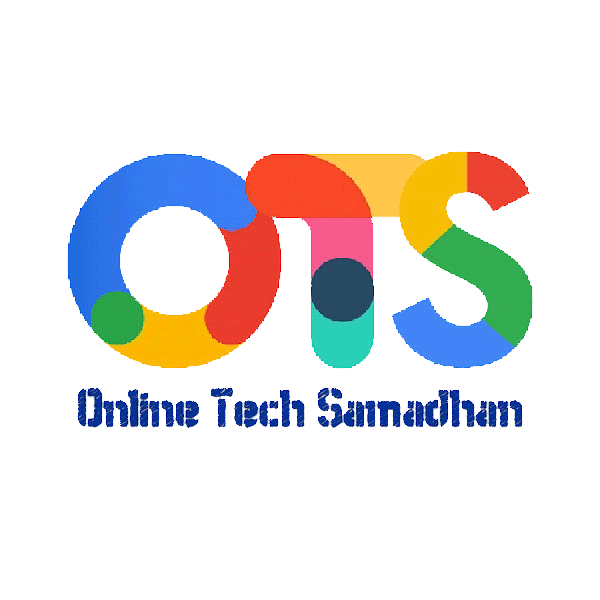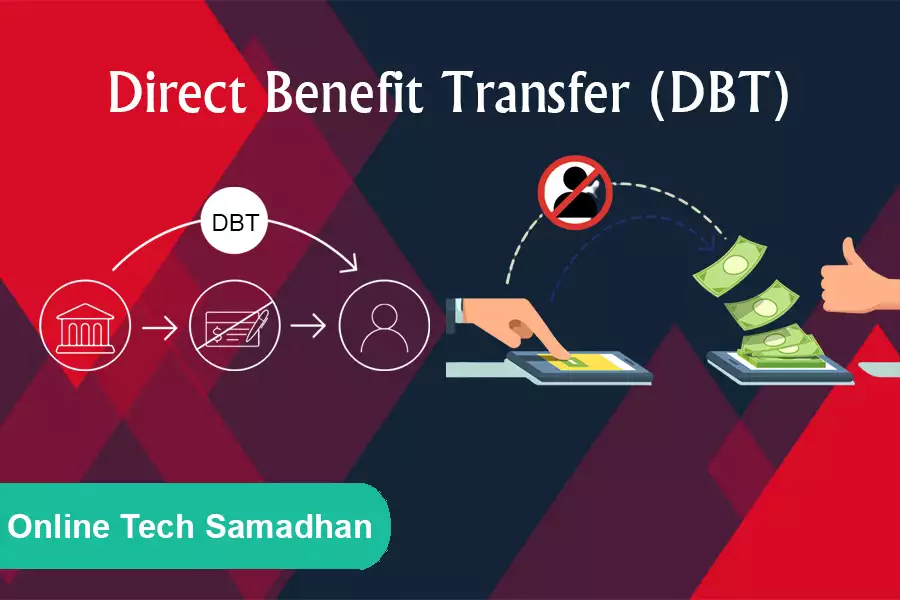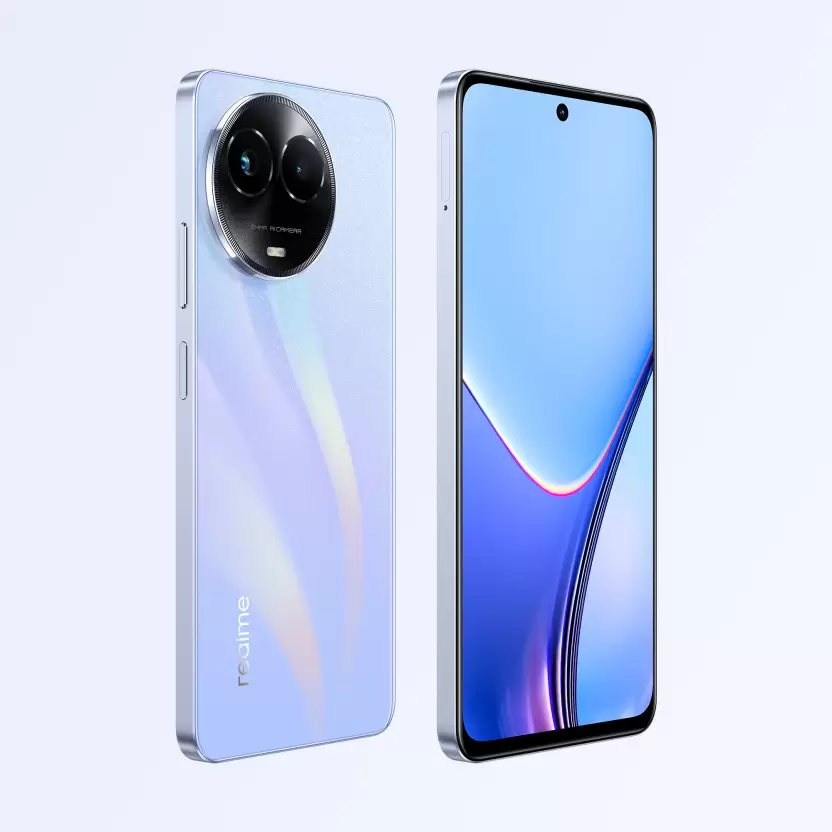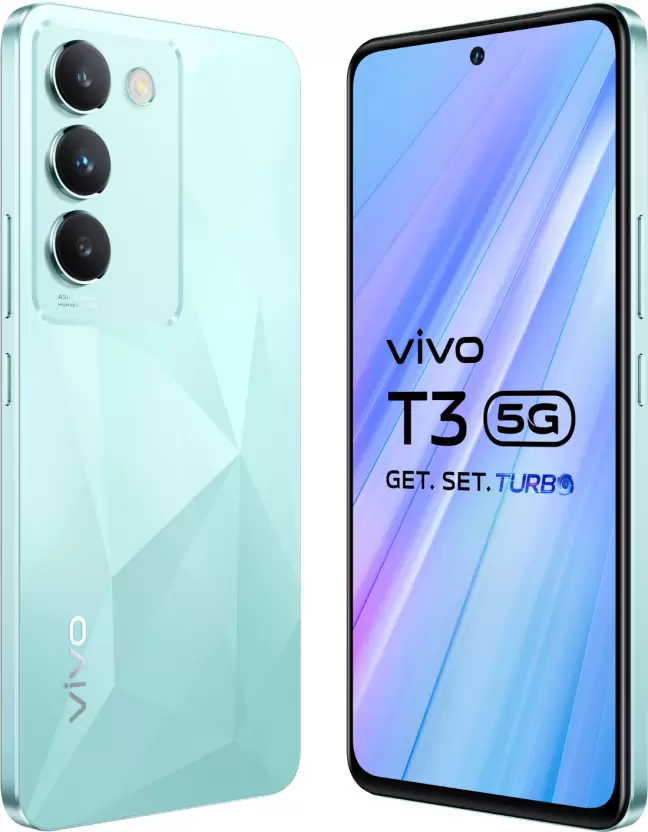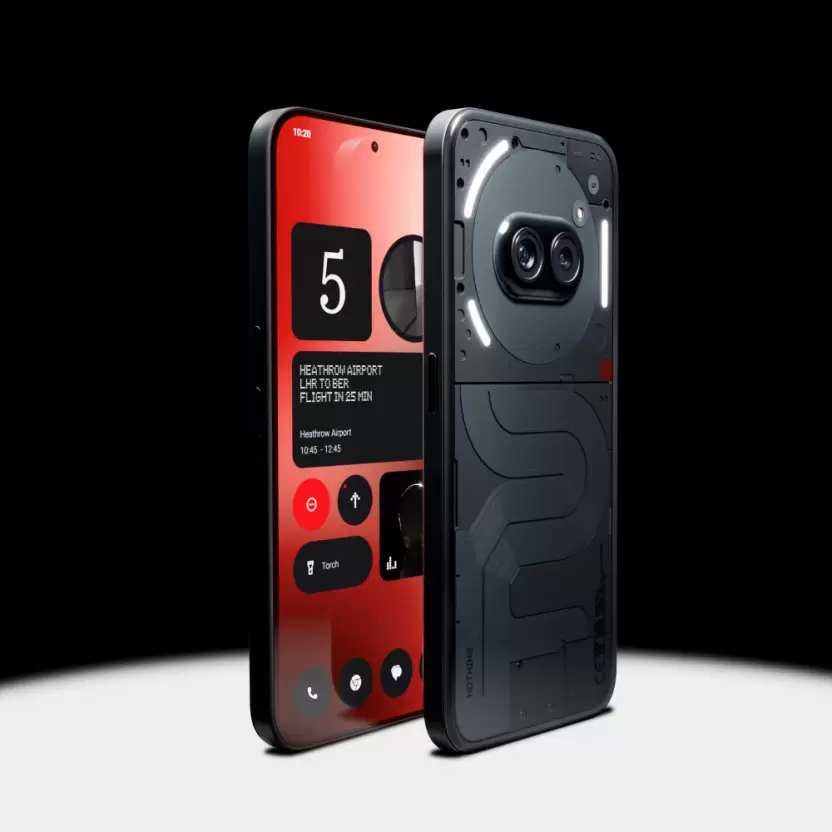Direct Benefit Transfer (DBT) Aadhar Seeding by NPCI
Direct Benefit Transfer (DBT) is the name of the government program that aims to transfer money directly to the bank accounts of beneficiaries from various government schemes. This is a new way the government is trying to do away with some of the complications and inefficiencies created by the welfare programs. We know India is a huge country with 2nd Largest population, and it is not easy to transfer money to the right beneficiary Account Number, so this is one of the best ways to transfer money to the right people by DBT.
How Direct Benefit Transfer (DBT) Worked?
With the help of Direct Benefit Transfer (DBT) beneficiary’s bank account will directly receive the money. The Aadhaar Number will be linked to Bank Account with the process of Aadhaar Seeding by NPCI. That process of the identification of the beneficiary can be done better.
How to check Bank Account is a DBT Account?
If you want to check if your Bank Account Aadhar is linked by NPCI or not and if your account is a Direct Benefit Transfer Account you have to follow the below steps.
You May Love To Read
- Go to the UIDAI(Aadhar) official website
- Then you have to click on MY Aadhar which is located on Top Menu.
- After that click on MY Aadhar >Aadhar Services> Check Aadhar/Bank Linking Status.
- Then you have to enter your Aadhar number, and captcha code and Click Send OTP.
- Then an OTP will receive on your registered mobile number.
- After Submitting the OTP a new page will appear in front of you.
- Here you will be able to check which bank is linked with NPCI in your Aadhaar.
How Do I Check My PM Kisan Beneficiary List 2022?
What Documents are required for Direct Benefit Transfer (DBT) Account?
- Aadhar card
- Mobile number
- Bank Account
- Consent form(For Offline)
How To Seeding Aadhaar with Bank Account for DBT Online?
- Go to Online Banking as your Bank Name
- Find the option of OTP Based on Aadhaar Seeding
- Then will ask you for your Account Number and Aadhar Number
- After an OTP verification, you can Seeding Aadhaar with Bank Account by NPCI
How to Seeding Aadhaar with Bank Account Offline?
To Seeding Aadhaar with a bank account by NPCI, first, you have to go to the nearest bank branch.
- Then you collect Consent Form to Bank for Aadhaar Seeding.
- Fill in all the information carefully which is asked in this form.
- Then you have to attach all the required documents along with the form.
- After this, the form has to be submitted to your branch.
- After this, your Bank Account will be linked to your Aadhaar.
Check Direct Benefit Transfer PPT – Here
How to change your DBT Bank Account?
To change the existing bank account for receiving DBT funds or do Aadhaar Seeding with Bank Account, you have to visit the respective bank branch and submit the mandate form and consent form provided by your bank along with a copy of your Aadhaar. After a few days, your DBT Bank Account will be changed.
FAQs
What is DBT?
How to check if My Bank Account is a DBT Account?
Go to the UIDAI(Aadhar) official website. MY Aadhar >Aadhar Services> Check Aadhar/Bank Linking Status. Enter your Aadhar number and Aadhaar OTP Verification you will check that.
What is Aadhaar Seeding?
Aadhaar Seeding is a process to Link your 12 Digit Aadhar Number with Scholarships, Pension ID, Life Certificate, Bank Account, MNREGA Job Card, and any other Personal Identification Documents for getting Benefits.
